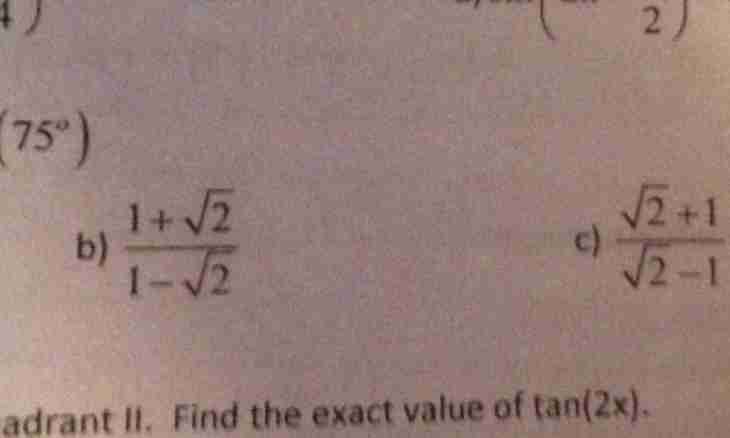For the solution of the tasks connected with determination of surface area of a parallelepiped it is necessary to acquire accurately what represents this solid what figures are its side sides and the basis. Knowledge of properties of these geometrical figures will help to cope with the decision.
Instruction
1. Parallepiped is a prism in which basis the parallelogram lies. A parallelogram is called the quadrangle which opposite parties are equal and parallel. The parallelepiped has six sides – the top and lower basis and 4 side sides. All of them are parallelograms. As the tilt angle of side sides to the basis is not specified in a condition, it is possible to consider that the prism is a straight line. From here specification follows: the direct prism side sides has rectangles.
2. To find parallelepiped surface area, it is necessary to find the area of its bases and the area of a side surface. For this purpose it is necessary to know length of the parties of the basis of a parallelepiped and length of his edge. For determination of the area of the basis it is necessary to carry out parallelogram height. It is possible to consider that these sizes are known as in a condition this point does not make a reservation. For convenience designations are entered: AD = BC = an are the parallelogram bases; AB = CD = b are parallelogram sides; BN = h is parallelogram height; AE = DL = CK = BF = H is a parallelepiped edge.
3. The area of a parallelogram is defined as the work of its basis on height, i.e. ah. As the top and lower bases are equal, their total area S = 2ah.
4. As side sides are rectangles, their area is calculated as the work of the parties. One party of a side of AELD is an edge of a parallelepiped and H equals, and another the party of its basis and equals a. Area of a side: aH. Side sides of a parallelepiped are in pairs equal and parallel. The side of AELD is equal to BFKC side. Their total area S = 2aH.
5. The side of AEFB is equal to DLKC side. The party of AB coincides with side of the basis of a parallelepiped and b equals, the party of AE is equal H. Square of a side of AEFB bH is equal. Sum of the areas of these sides of S = 2bH. Side surface of a parallelepiped: 2aH+2bH.
6. Thus, total area of a surface of a parallelepiped: S = 2ah+2aH+2bH or S = 2 (ah+aH+bH) the Task is solved.

